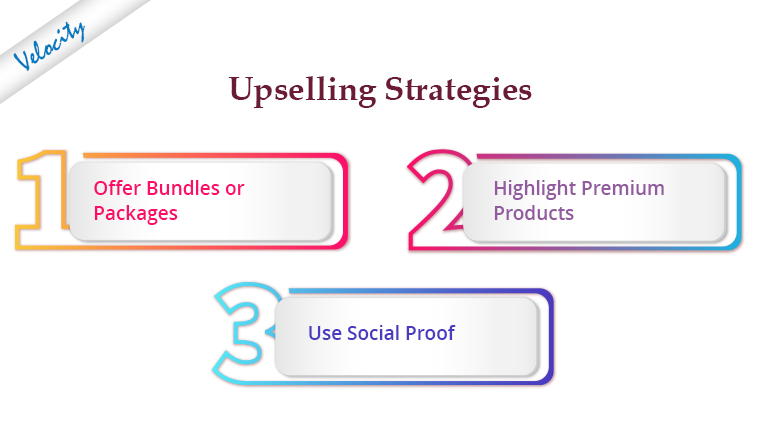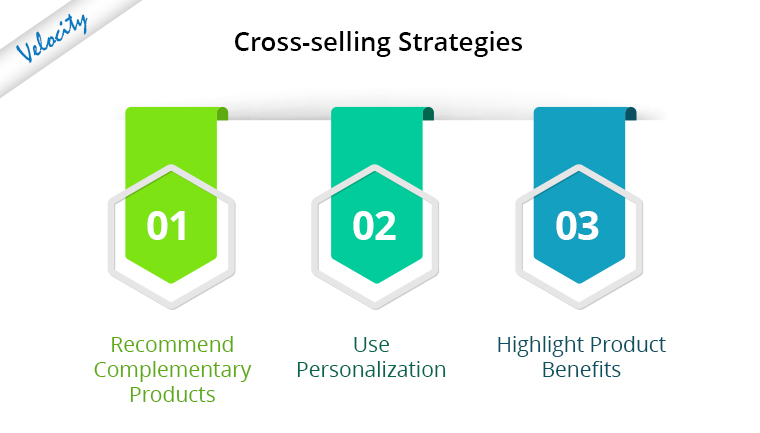In today’s highly competitive eCommerce landscape, businesses are constantly searching for ways to increase revenue and stay ahead of the curve. Two popular tactics for boosting sales are upselling and cross-selling. Upselling involves offering customers a higher-priced version of the product they are considering, while cross-selling involves suggesting complementary products that go well with the product being considered. By effectively implementing these strategies, businesses can not only increase their revenue but also enhance customer satisfaction and loyalty. In this blog, we’ll discuss some proven upselling and cross-selling strategies that can help eCommerce businesses increase their revenue.
Upselling Strategies
Offer Bundles or Packages: One of the most effective ways to upsell is by offering product bundles or packages. This strategy works particularly well for products that are typically purchased together, such as a camera and a lens. By bundling these items, businesses can offer customers a discount while simultaneously increasing the overall value of the sale.
Highlight Premium Products: Another effective upselling strategy is to highlight premium products that offer additional features or benefits. This strategy works well for businesses that offer a range of products at different price points. By highlighting the premium product, businesses can demonstrate the added value of the higher-priced option, and customers may be more inclined to purchase the premium product.
Use Social Proof: Social proof is a powerful marketing tool that can be leveraged to increase sales. By showcasing customer reviews, testimonials, and ratings, businesses can demonstrate the quality and value of their products. This strategy can be particularly effective for upselling, as customers may be more likely to purchase a higher-priced product if they see that others have had positive experiences with it.
Cross-selling Strategies
Recommend Complementary Products: Cross-selling involves suggesting complementary products that go well with the product being considered. For example, if a customer is purchasing a laptop, businesses can recommend a laptop bag or a mouse. By recommending complementary products, businesses can increase the overall value of the sale while providing customers with additional products that meet their needs.
Use Personalization: Personalization is another effective cross-selling strategy. By leveraging customer data, businesses can recommend products that are tailored to each customer’s unique preferences and needs. For example, if a customer has previously purchased a camera, businesses can recommend additional lenses or accessories that are compatible with that camera.
Highlight Product Benefits: When cross-selling, it’s important to highlight the benefits of the recommended product. By showcasing how the recommended product can enhance the customer’s experience or solve a particular problem, businesses can increase the likelihood of a successful cross-sell.
Conclusion
Upselling and cross-selling are powerful strategies for increasing eCommerce revenue. By offering customers higher-priced options or suggesting complementary products, businesses can increase the overall value of each sale while providing customers with additional products that meet their needs. To effectively implement these strategies, it’s important to use personalization, and social proof, and highlight the benefits of the recommended products. By following these proven strategies, businesses can enhance customer satisfaction, loyalty, and revenue.
For any related queries or assistance in implementing these strategies, feel free to contact [email protected]. Our team of experts can provide personalized solutions to help eCommerce businesses achieve their revenue goals.










